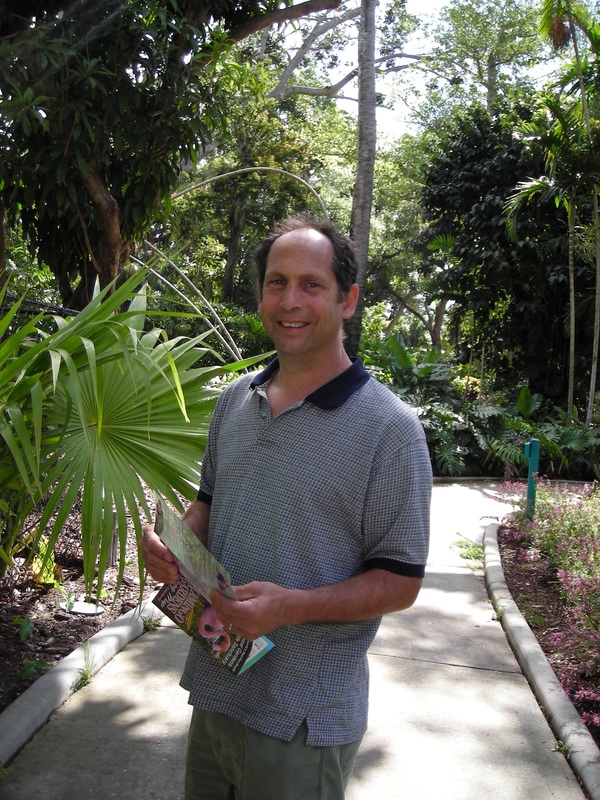all dreams will naturally cease.
If the mind makes no discriminations,
the ten thousand things are as they are,
of single essence.
To understand the mystery of this One-essence
is to be released from all entanglements.
When all things are seen equally
the timeless Self-essence is reached,
No comparisons or analogies are possible
in this causeless, relationless state.
Consider movement stationary
and the stationary in motion,
both movement and rest disappear.
When such dualities cease to exist
Oneness itself cannot exist.
To this ultimate finality
no law or description applies.
In Zen we practice meditation with our eyes open. This is different from most other meditation traditions. As the Theravadins practice today, the early Buddhists probably also practiced meditation with their eyes closed. Some where in our 2500 year tradition some one noticed it was easier to quiet the mind with the eyes open so we in Zen sit with our eyes open.
The eyes are a valuable tool in zazen (Zen meditation). Normally we are taught to keep our eyes focused on a single spot on the floor about 6 feet in front of us. This aids our concentration. Also because the eyes cannot physically stay focused for very long, several times through a period there is a need to refocus which I find prevents drifting into thought for very long. Also I find that if I am tending to dream or think a lot during zazen my eyes will want to close and sometimes do close. But then by opening and focusing my eyes the dreams and thoughts are cut off. Doing this again and again eventually I find myself with an awake, quiet, and focused mind. Usually our focus on a spot on the floor is not our primary object of concentration. Usually our breathing is the primary object of concentration but sometimes I use the spot on the floor or something else in my visual field as my primary object of concentration with good results.
As concentration deepens and our mind quiets, it is possible to open our awareness to a larger and larger field. Instead of narrowing awareness to just one object of concentration we can expand awareness. Normally when we look out at the world we look at one thing at a time. One of my practices is to hold awareness on the whole visual field including peripheral vision. With the eyes wide open the visual field becomes a big round mandala. This is not an easy practice. I find it difficult to hold awareness of the visual field for more then a few moments but it is this difficulty that demands a completely quiet mind and then holding this completely quiet mind for a few moments I enter a deep samadhi and my mind stays effortlessly quiet.
Sometimes it is said that Zen Masters don't dream. We like to ascribe magical powers to those we consider Enlightened but there is a certain truth to this idea about dreaming. I am pretty sure that all Zen Masters dream during sleep, at least during the normal periods when they are not intensively practicing meditation on retreat. But a well practiced and enlightened Zen person day dreams much less then most people. This comes with having a mind which is present in the now. This is the practice of Zen. And during periods of intense practice while in deep samadhi there is no day dreaming.
I find the above section of the Hsin Hsin Ming a bit entangling, He praises insight into the non-dual or what he calls the one essence as the essential liberating experience and then he goes on to describe a state of deep samadhi without any discrimination in which nothing exists including the one essence. But it is as I have said earlier in these blogs, this deep samadhi without any discrimination is the gateway experience. During this deep samadhi there is no insight, but without this samadhi there will never be the deep insight that is truly liberating. Some people think that through study of koans, the sayings of the great past Zen masters, and Buddhist literature that some how, without pushing their meditation to really deep samadhi, they will have that great insight we call enlightenment. In general I would say they are wrong. But the few exceptions happen only because deep non-discriminating samadhi is not the exclusive result of meditation but can occur in any activity in life where concentration and mindfulness are practiced. And the true Zen practitioner practices concentration and mindfulness both on and off the cushion. The practice of Zen is the practice of samadhi.
The corollary to what I have just said is that deep samadhi is not quite enough. Insight is important and it is not the inevitable result of deep samadhi. Often it takes something extra to push the practitioner into insight. This push is one of the teacher's roles. This is also the role of koans (enigmatic questions asked by the teacher). Deep non-discriminating samadhi is temporary but insight we carry into the rest of life. It is in deep samadhi that we have the experience the allows for the liberating insight. In deep samadhi we experience no self, we experience non-duality, we experience the One. The problem is that without discrimination there is no insight. We might come and go from non-discriminating samadhi many times without any insight but then something happens, a word from a teacher, a loud noise. a kick in the shin and now we understand.

 RSS Feed
RSS Feed